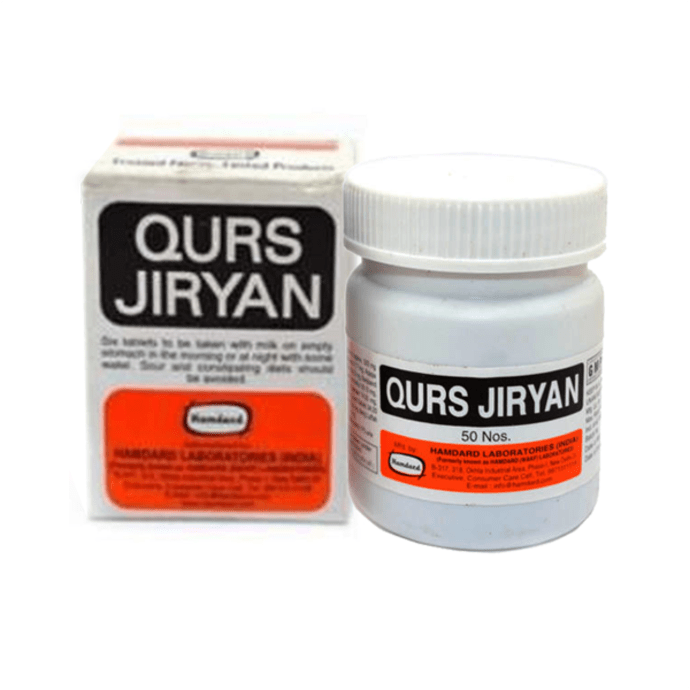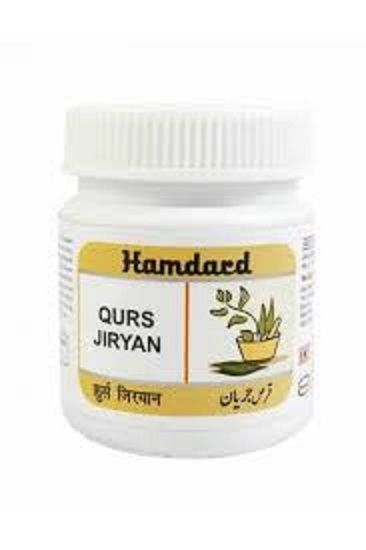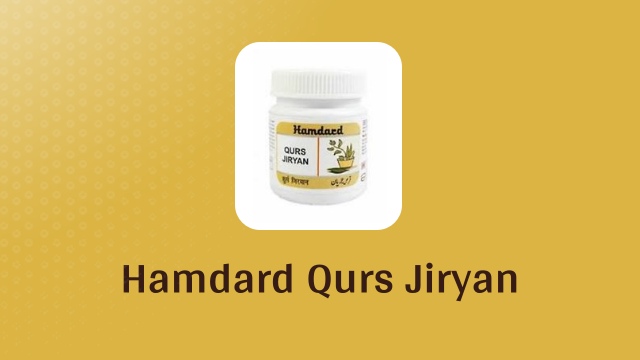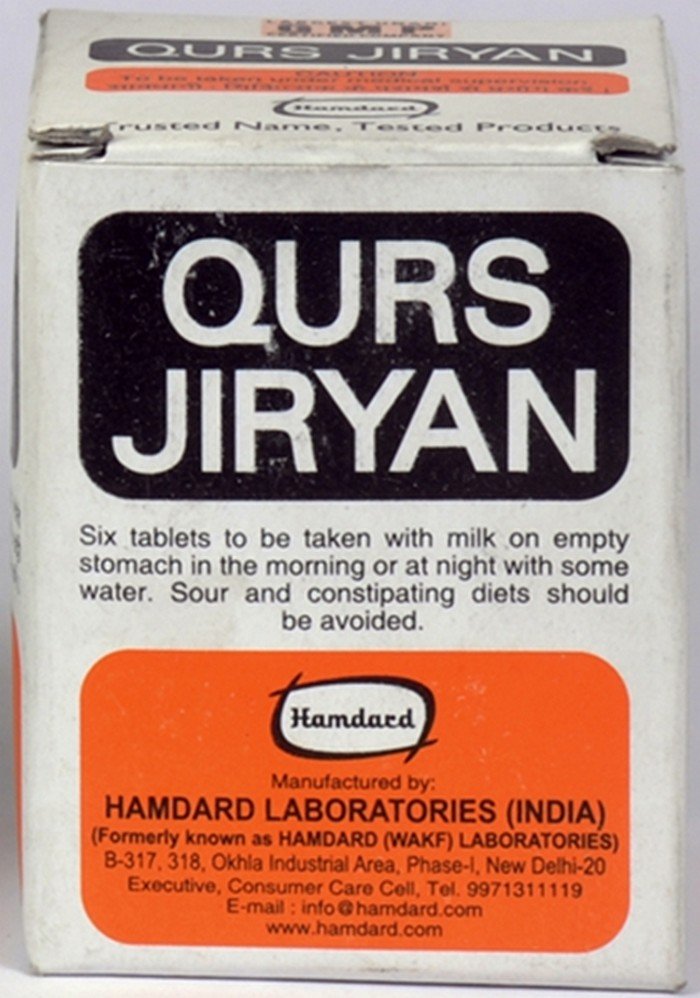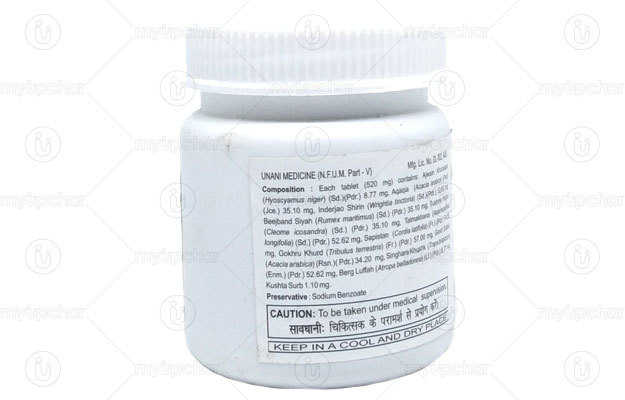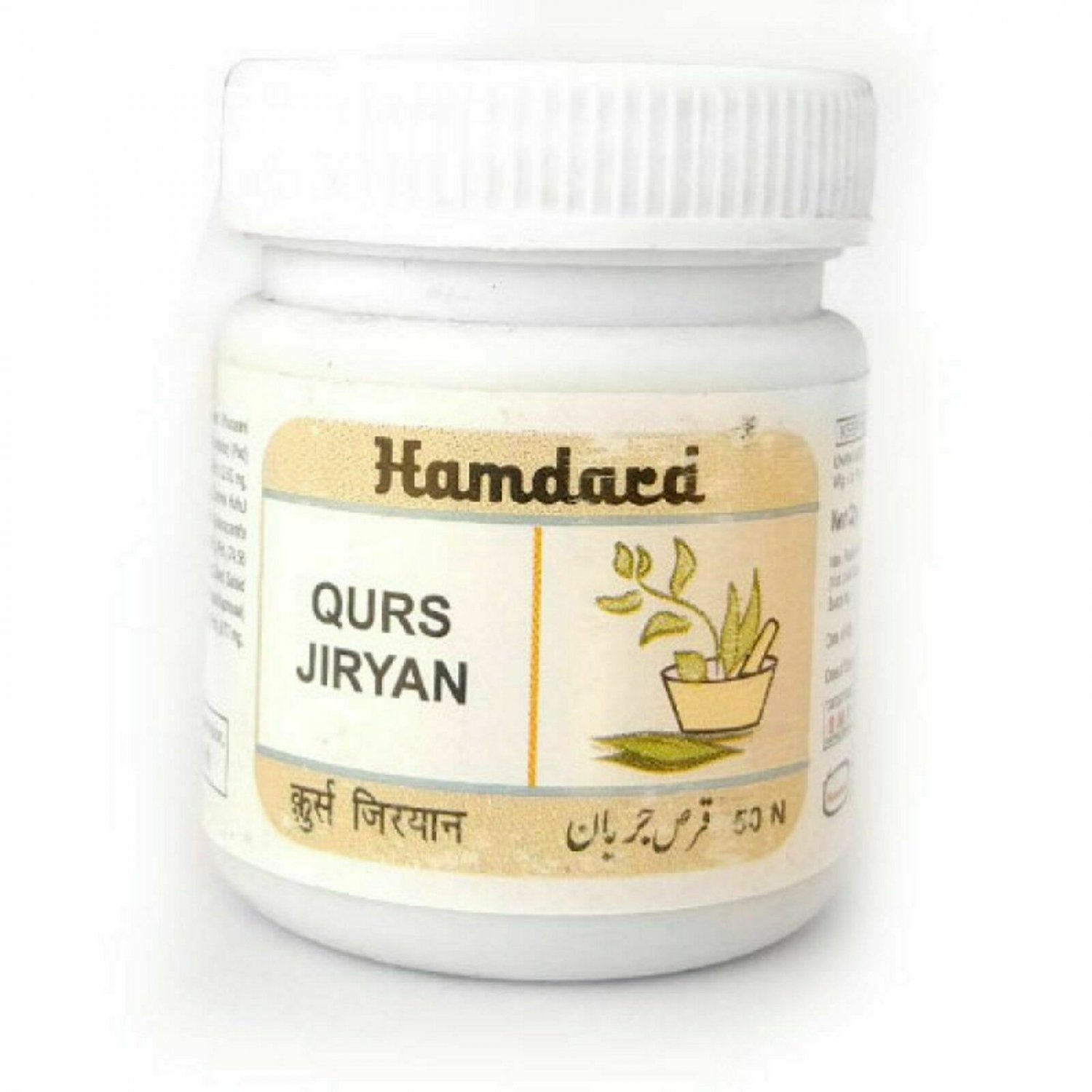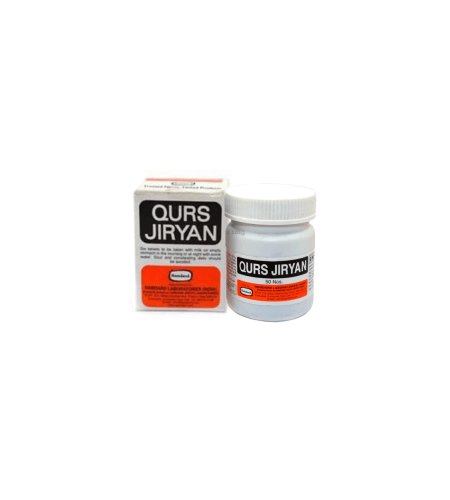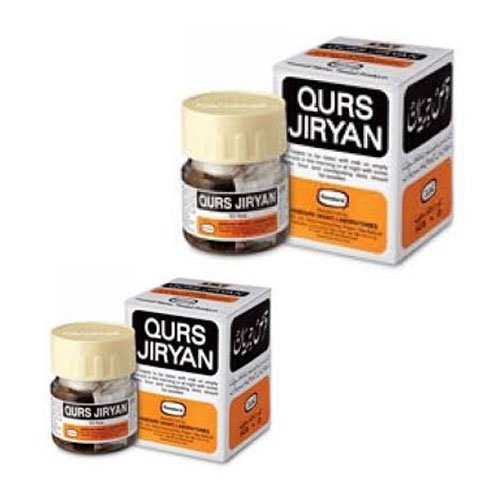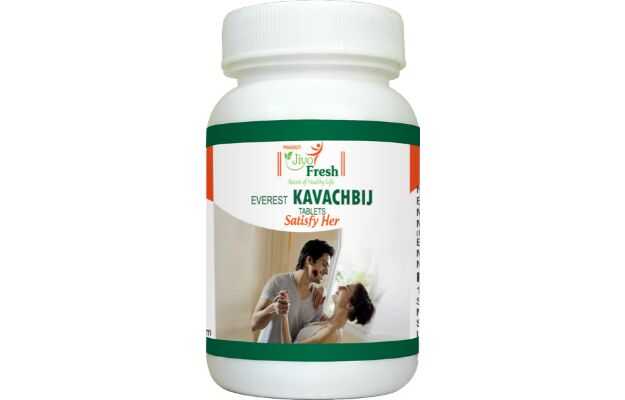Hamdard Qurs Jiryan Tablets Ingredients

Concerns are rapidly escalating regarding the precise composition of Hamdard Qurs Jiryan tablets. Public health officials and consumer advocacy groups are demanding greater transparency from Hamdard Laboratories (India) concerning the ingredients used in this widely available Unani medicine.
This article breaks down what we know about the documented and alleged ingredients, where information gaps exist, and the urgent calls for comprehensive ingredient disclosure to safeguard consumer well-being. The core issue revolves around the lack of readily accessible and verifiable information regarding the complete ingredient list of Qurs Jiryan tablets, creating potential risks for unsuspecting consumers.
Known Ingredients and Traditional Uses
According to available information, Hamdard Qurs Jiryan tablets are marketed as a Unani medicine primarily used for addressing conditions like seminal weakness and spermatorrhea. Traditionally, Unani formulations are based on herbal and mineral ingredients.
Several sources cite ingredients such as Kushta Qalai (calcined tin), Kuchla Mudabbar (detoxified Strychnos nux-vomica), Gond Keekar (Acacia gum), and Mazu (Quercus infectoria) as components of the Qurs Jiryan formulation. These ingredients are traditionally used in Unani medicine for their purported astringent, tonic, and aphrodisiac properties.
The Ingredient Disclosure Gap
The central problem is the lack of a comprehensive and publicly available ingredient list, including the precise quantities and processing methods for each component. This deficiency fuels concerns about potential undisclosed ingredients, quality control, and interactions with other medications.
Consumer advocacy groups argue that the limited ingredient information hinders informed decision-making by consumers. Patients with allergies or pre-existing health conditions may be unknowingly exposed to potentially harmful substances.
Kuchla Mudabbar: A Point of Concern
The inclusion of Kuchla Mudabbar (detoxified Strychnos nux-vomica) warrants particular attention. Strychnos nux-vomica contains strychnine, a potent neurotoxin.
The detoxification process (Mudabbar) is crucial to render the ingredient safe for consumption. However, without clear documentation and stringent quality control measures, the risk of residual strychnine remains a significant concern, as dosage is very important.
Calls for Transparency and Regulatory Action
Consumer rights organizations are urging Hamdard Laboratories (India) to immediately release a complete and detailed ingredient list for Qurs Jiryan tablets. This disclosure should include the scientific names of all herbs, the method of processing mineral ingredients (like Kushta Qalai), and a clear explanation of the detoxification process for ingredients like Kuchla Mudabbar.
These groups also demand stricter regulatory oversight from relevant authorities to ensure that Unani medicines are subject to the same rigorous standards of ingredient disclosure and quality control as conventional pharmaceuticals.
The lack of transparency surrounding Hamdard Qurs Jiryan ingredients necessitates immediate attention from both the manufacturer and regulatory bodies to protect public health. The public demands and deserves complete access to verifiable ingredient information.
